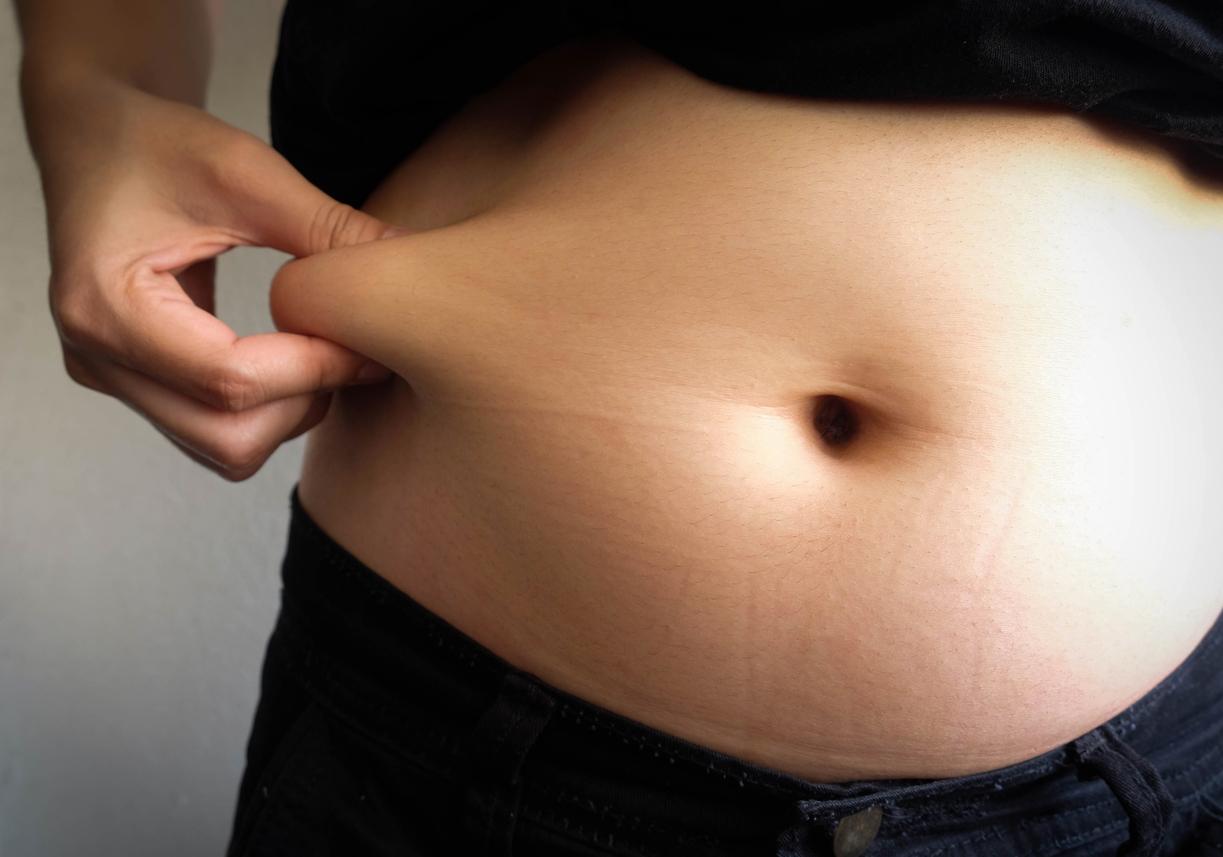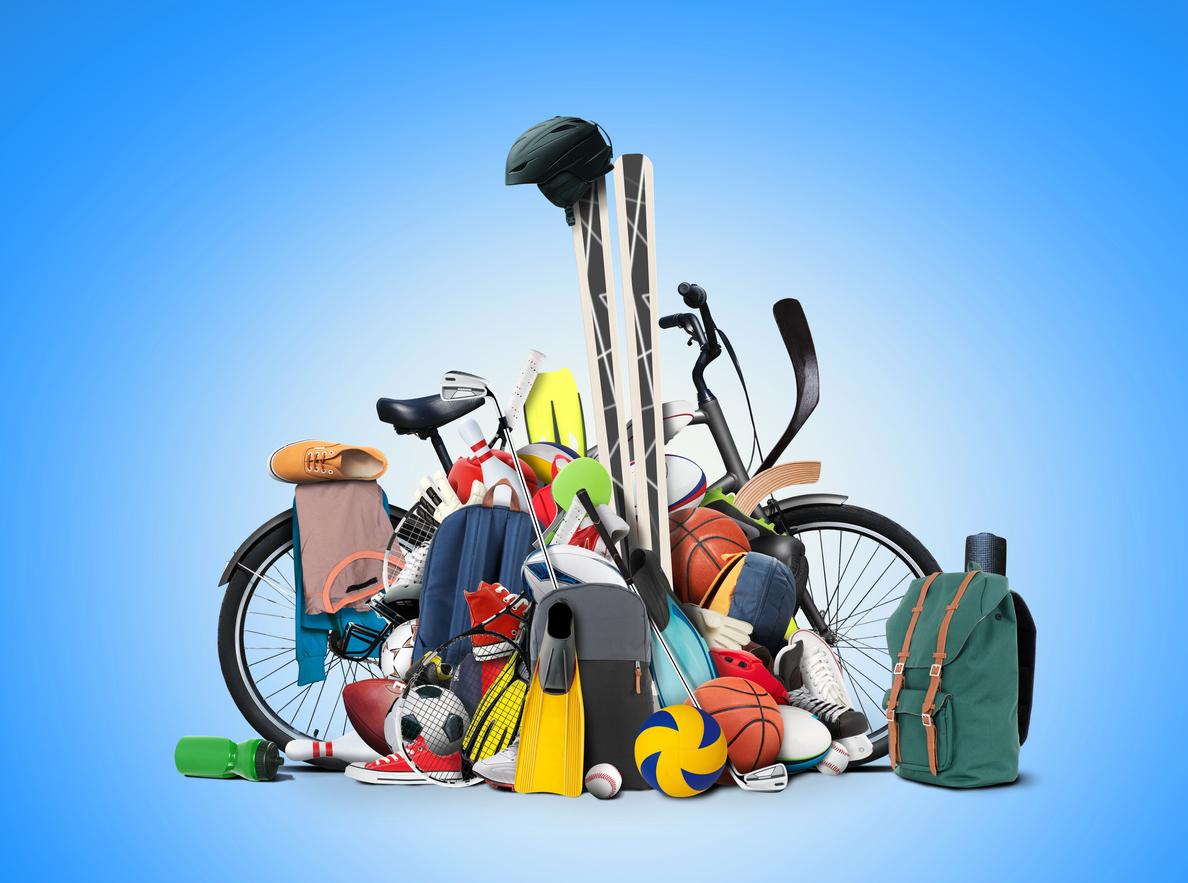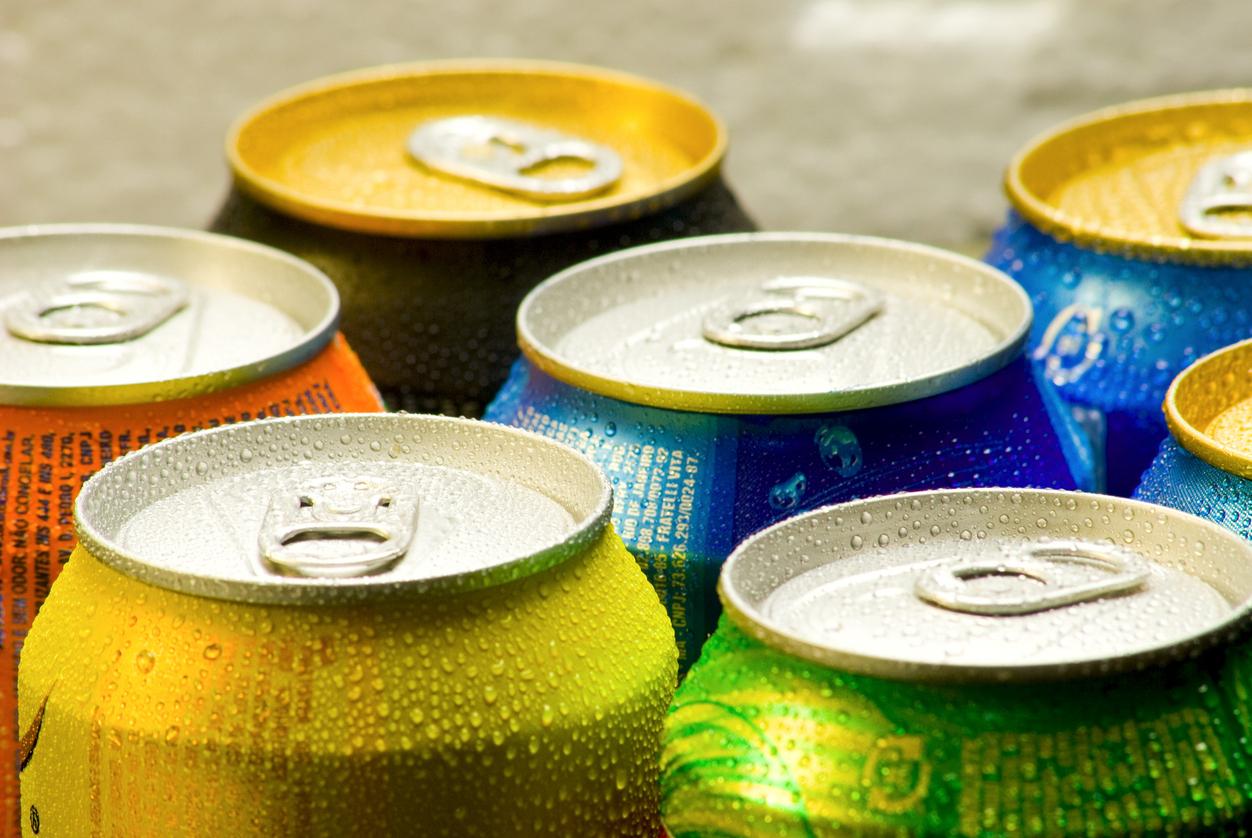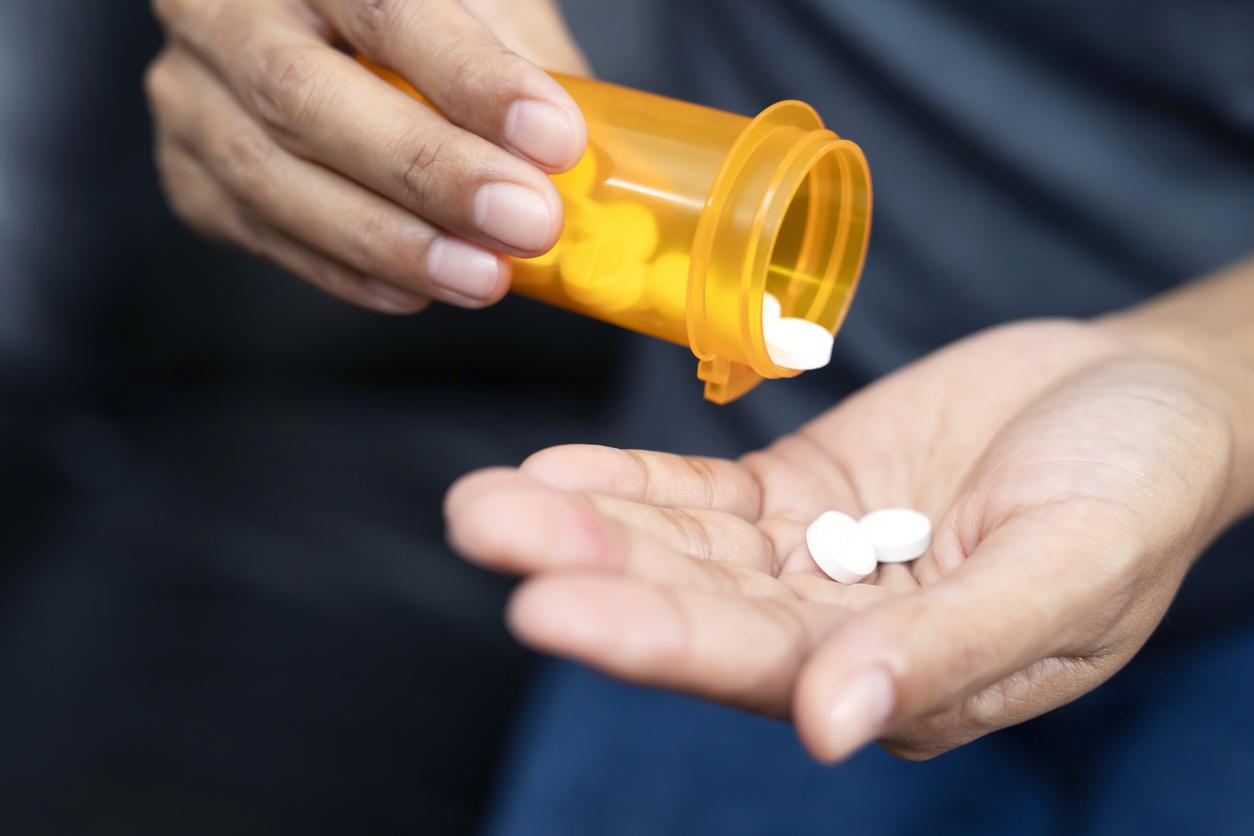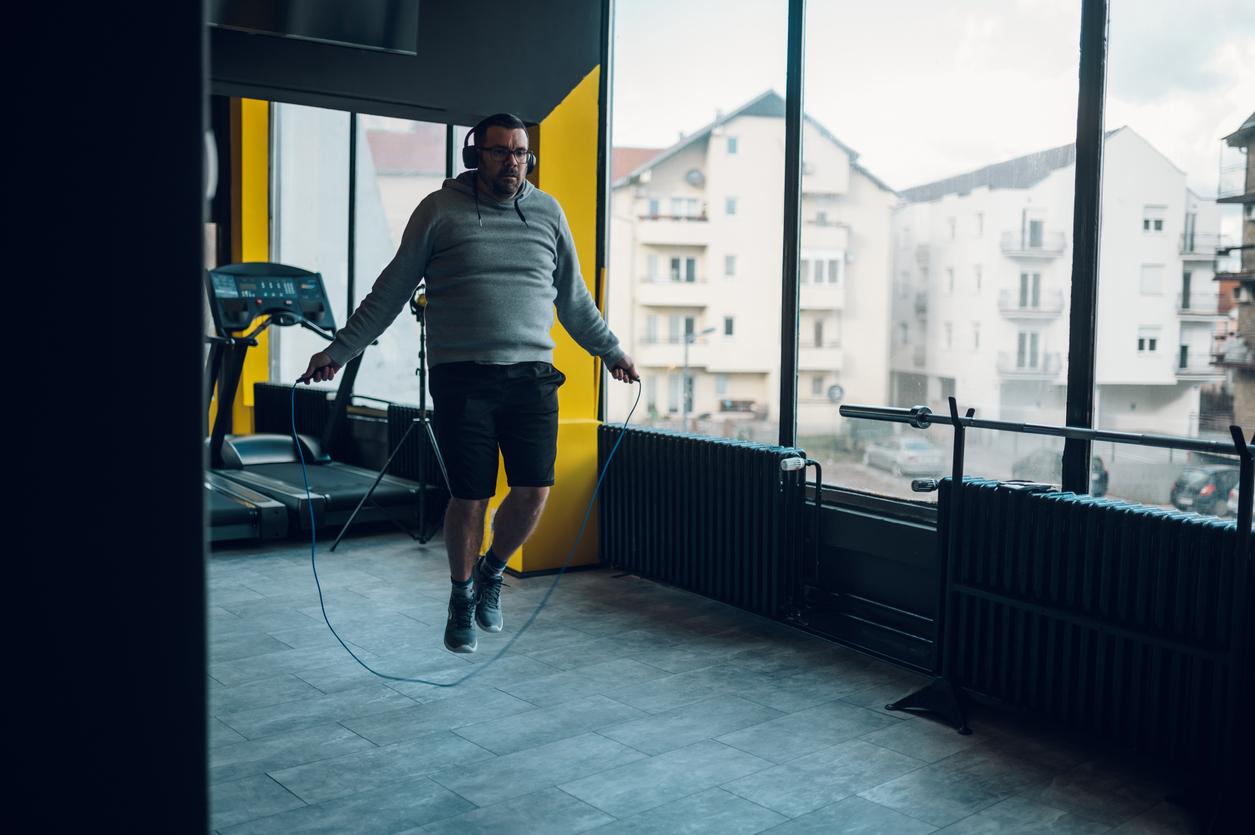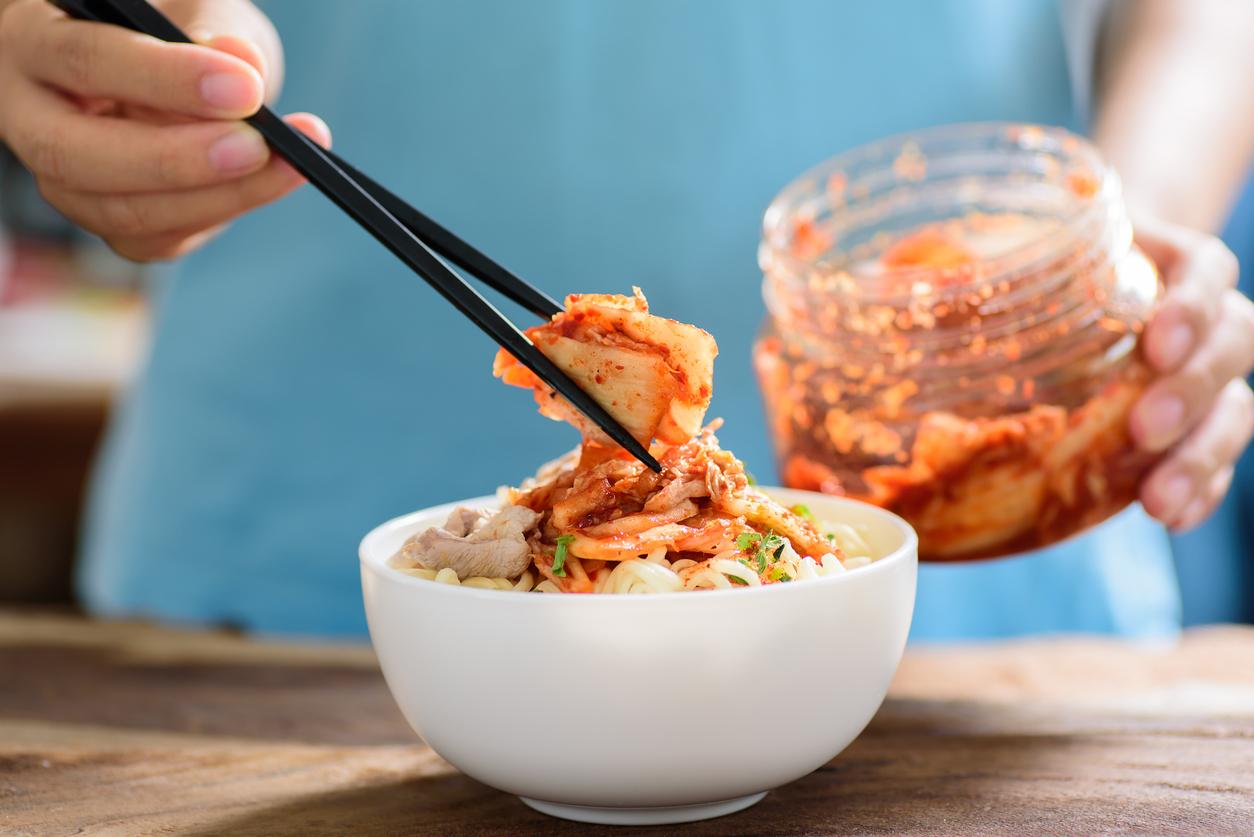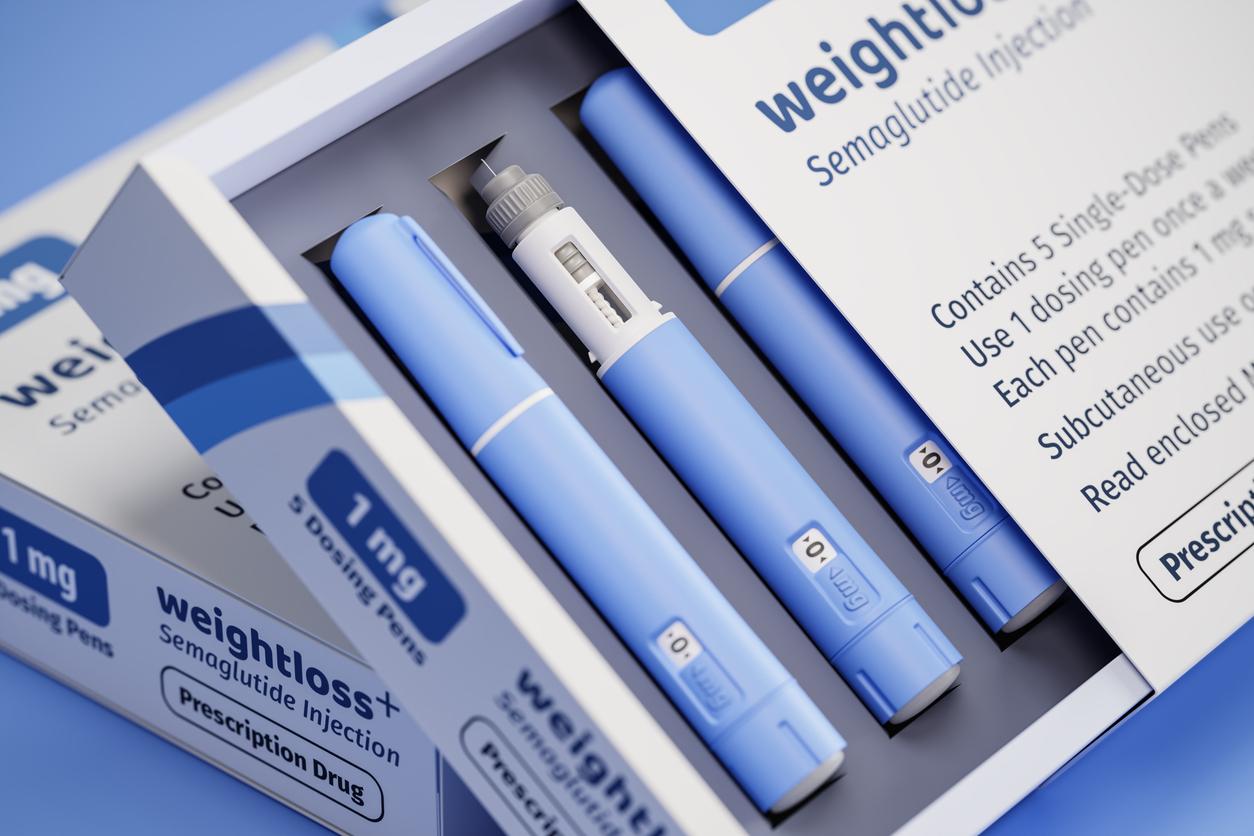Concrete rather than calories. Posters translating nutritional information into physical activity help adolescents change their eating habits.
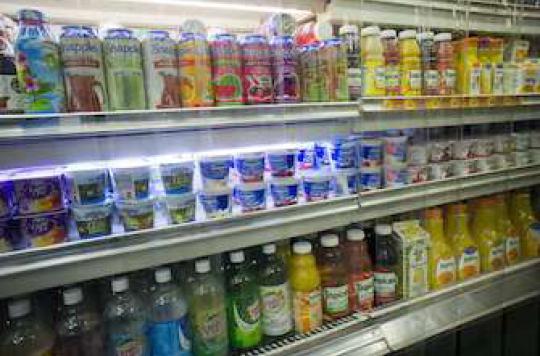
8 km walk to burn a can of soda. When it comes to obesity prevention, nothing beats action. Researchers from Johns-Hopkins University in Baltimore (Maryland, United States) evaluated the impact of an information campaign on the consumption of sugary drinks among adolescents. The results, published in theAmerican Journal of Public Health, emphasize the value of explaining how many kilometers of walking are necessary to eliminate a standard soda.
“People don’t really understand”
Labels showing calories don’t really have an effect on the progression of obesity, that’s a fact. “People don’t quite understand when they are told that a normal soda has 250 calories. If we want to give them information on calories, there is certainly a better way to do it, ”analyzes the study’s lead author, Sara Bleich. His team therefore tried a new approach: putting up A4 posters for 6 weeks in the “drinks” sections of mini-markets in several disadvantaged neighborhoods in Baltimore.
The signs in place detail the caloric content of 60 cl of soda, a sports drink or a fruit juice. On average, they contain 250 calories, 16 teaspoons of sugar. These figures are also translated in a concrete way: it would be necessary to walk 50 minutes, or 8 km, to eliminate these drinks.
40% of young people change their habits
A total of 3,098 purchases by African American adolescents (12-18 years) were analyzed. “African-American adolescents are one of the groups most at risk for obesity, and among the greatest consumers of sugary drinks. And there is a strong scientific link between the consumption of sugary drinks and obesity. Using these easy-to-understand, easy-to-install panels could help promote obesity prevention or weight loss, ”says Dr. Bleich.
35% of the young people questioned saw the signs and the majority of them understood the message. So much so that 4 in 10 say they have changed their behavior into repercussion. “Our study has shown that when you explain this in an easily understandable way, such as saying how many miles you have to walk to burn calories, you encourage behavior change,” says Sara Bleich.
No more water purchased
The analysis of the purchases themselves confirms the responses of the adolescents. Before the panels were installed, drinks purchased from convenience stores were 98% soda, 89% after they were installed. Same observation for the number of calories per purchase, and even the quantity of drinks consumed. Without posters, half of the teenagers opted for cans over 33 cl. When they were asked, they were no longer 37%.
At the same time, the proportion of water purchases increased as did that of young people not purchasing sugary drinks. “This is a very inexpensive way of getting children to drink less sugary drinks when they are old enough to buy their own drink, and it seems to be effective even when the signs are removed,” concludes Dr Bleich. .
.







